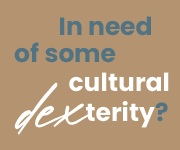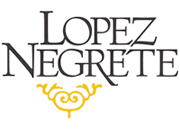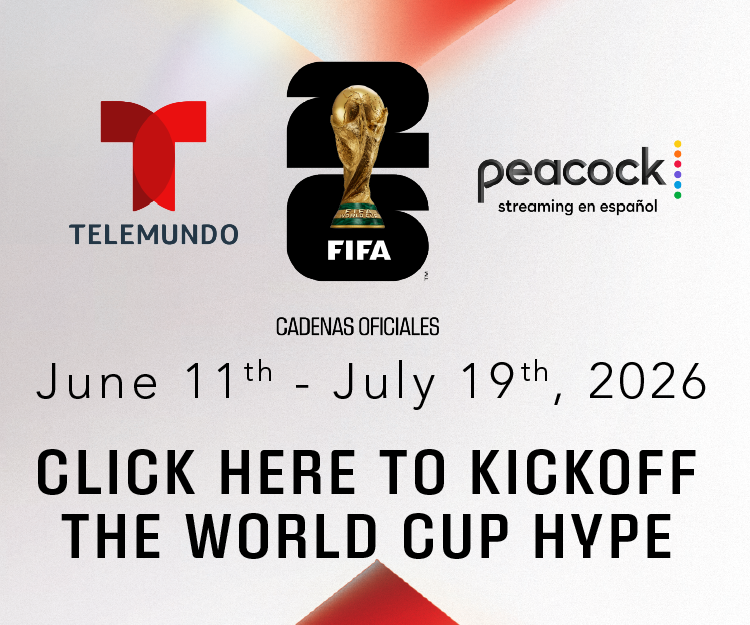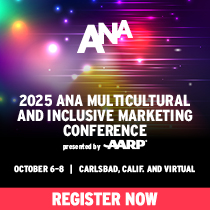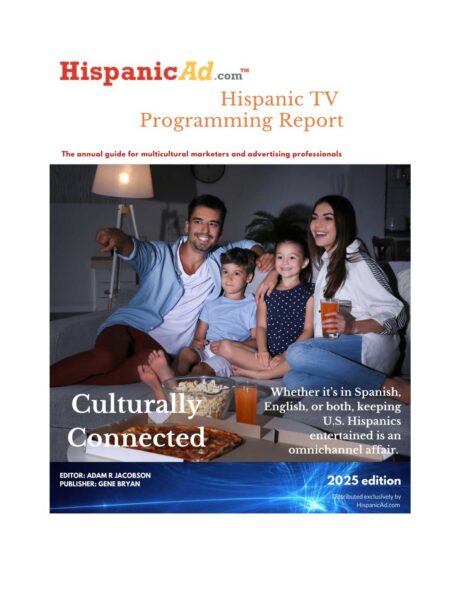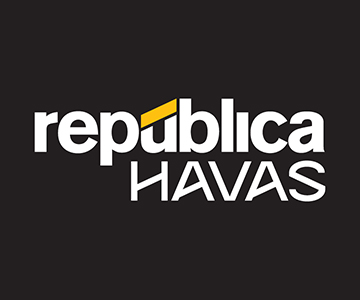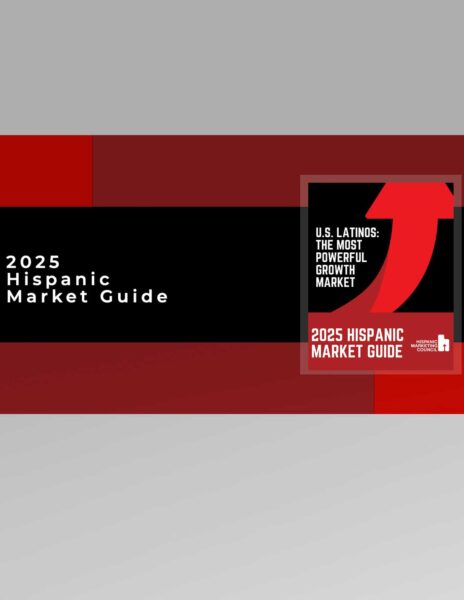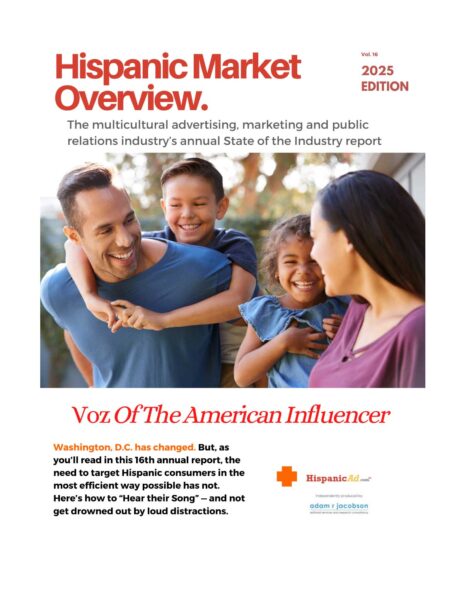A Bad Bunny blueprint for brands: Speak to the universal by elevating the specific
January 28, 2025
 by Omar R. Quiñones / MEL
by Omar R. Quiñones / MEL
How the Puerto Rican artist’s latest album, Debí Tirar Más Fotos, is a master class in cultural storytelling.
As a proud Puerto Rican, I couldn’t help but feel a surge of emotion listening to Bad Bunny’s latest album, Debí Tirar Más Fotos. It’s a deeply personal — sometimes painful — love letter to Puerto Rico and, by extension, to all Latinos navigating the complexities of identity, heritage and contemporary life.
For our community, on the island and abroad, the album puts up a mirror to our struggles and joys. From its unflinching commentary on gentrification and cultural erosion to its embrace of traditional Puerto Rican sounds, it speaks to our shared experience while celebrating the beauty of our individuality.
 For brand marketers, Bad Bunny’s approach offers a blueprint for creating campaigns that are authentic, emotionally resonant and culturally meaningful. A master class in cultural storytelling, rooted in Puerto Rican heritage and infused with deeply personal themes, it demonstrates how elevating the specific can resonate universally and meaningfully connect a brand in culture.
For brand marketers, Bad Bunny’s approach offers a blueprint for creating campaigns that are authentic, emotionally resonant and culturally meaningful. A master class in cultural storytelling, rooted in Puerto Rican heritage and infused with deeply personal themes, it demonstrates how elevating the specific can resonate universally and meaningfully connect a brand in culture.
Here are some examples taken from recent conversations during Bad Bunny’s album launch that serve as a blueprint for how brands can speak to universal truths by elevating specific cultural stories.
Commit to culturally specific storytelling
“For this album, I wasn’t thinking about trends or about what the rest of the world wants. I just wanted to make music that feels real to me and my people,” Bad Bunny told Rolling Stone.
Bad Bunny’s commitment to his roots, showcased in tracks such as “Fotos Que No Tomé,” demonstrates the power of cultural authenticity and showcases modern interpretations of Puerto Rican jíbaro traditions such as parrandas and musical influences such as bomba y plena. He stays true to himself while transcending borders through storytelling rooted in specific cultural experiences. Brands can learn to embrace cultural specificity as a strength, even when aiming to influence a broader audience.
Put authenticity into action
“Tourists come here to enjoy the beautiful places, and then they leave, and they don’t have to deal with the problems that Puerto Ricans have to deal with day-to-day,” Bad Bunny to TIME.
Songs such as “Turista” deal with Puerto Rico’s challenges with gentrification and cultural erosion to tell a deeply personal yet universally relatable story. And a commitment to community extends to Bad Bunny’s Puerto Rico concert residency, giving priority to local fans. By tapping into authentic narratives, brands can connect with audiences on a human level. Better yet, marketers can give back to the communities they serve through brand acts that tackle uncomfortable tensions and address real needs.
Amplify deserving voices
“Working with artists from Puerto Rico isn’t just about the music — it’s about making sure our culture and our stories are part of the global conversation,” AP News album review.
Through collaborations with Puerto Rican artists including RaiNao and Pleneros de la Cresta, Bad Bunny is using his global platform to elevate local voices. He also collaborated with Professor Jorell Meléndez-Badillo of the University of Wisconsin-Madison to bring historically accurate insights into this project. Partnerships with the right influencers, community leaders and cultural creators offer a way to ensure campaigns are both authentic and impactful.
Brands that share their platform to showcase these partners can build trust and demonstrate cultural commitment.
Empower emotional connections
“It’s about being honest — letting the pain, the joy and everything in between come through. That’s the only way to connect with people.” — Complex album review.
Themes of heartbreak and introspection in “Si Te Pudiera Decir” show how vulnerability can foster connection. By addressing real-world issues such as blackouts and inequality, Bad Bunny’s songs reflect the realities of Puerto Rico. Brands with culturally relevant campaigns that matter to communities demonstrate a relatable empathy, resonate emotionally and strengthen audience connection.
Deepen cross-platform engagement
“The film wasn’t just a promo — it was a way to show the world a slice of Puerto Rican life, our struggles and our beauty, all in one story,” reported Remezcla.
Bad Bunny’s short film at launch, led by legendary Puerto Rican filmmaker and actor Jacobo Morales, expanded the narrative of Debí Tirar Más Fotos into visual storytelling. This multi-platform approach amplifies audience engagement and highlights the power of cohesive, cross-media narratives. Marketers need to think beyond the media buy to create immersive brand experiences.
Earn breakthrough with high voltage ideas
“I wanted to do something that felt different, something that felt close to home — that’s why we sent the vegetable truck to the streets.” — quoted in Metro.
Bad Bunny’s album launch exemplifies how unconventional, culturally resonant tactics can create buzz. He’s earned headlines with hidden geo-location teaser posts, anchored Puerto Rico’s morning news shows, co-hosted TheTonight Show Starring Jimmy Fallon, and brought Puerto Rico to the world by celebrating the fading tradition of verdura (produce) truck sellers across key markets. Brands that create unexpected grassroots strategies and similarly reflect the culture invite audience engagement and generate talk value.
Bad Bunny’s Debí Tirar Más Fotos proves that specificity in cultural storytelling is not just a creative choice but an essential strategy for elevating the connection between people and brands.
By committing to authenticity and elevating specific cultural narratives, brands can connect meaningfully with multicultural audiences while creating mainstream universal appeal. This blueprint challenges marketers to go beyond surface representation and embrace storytelling that reflects the depth and richness of the communities they aim to serve.
Omar R. Quiñones is the chief strategy officer at MEL. He previously led brand strategy at Edelman for White Claw and developed Google’s TikTok content strategy. He also led brand strategy for Yeti.







